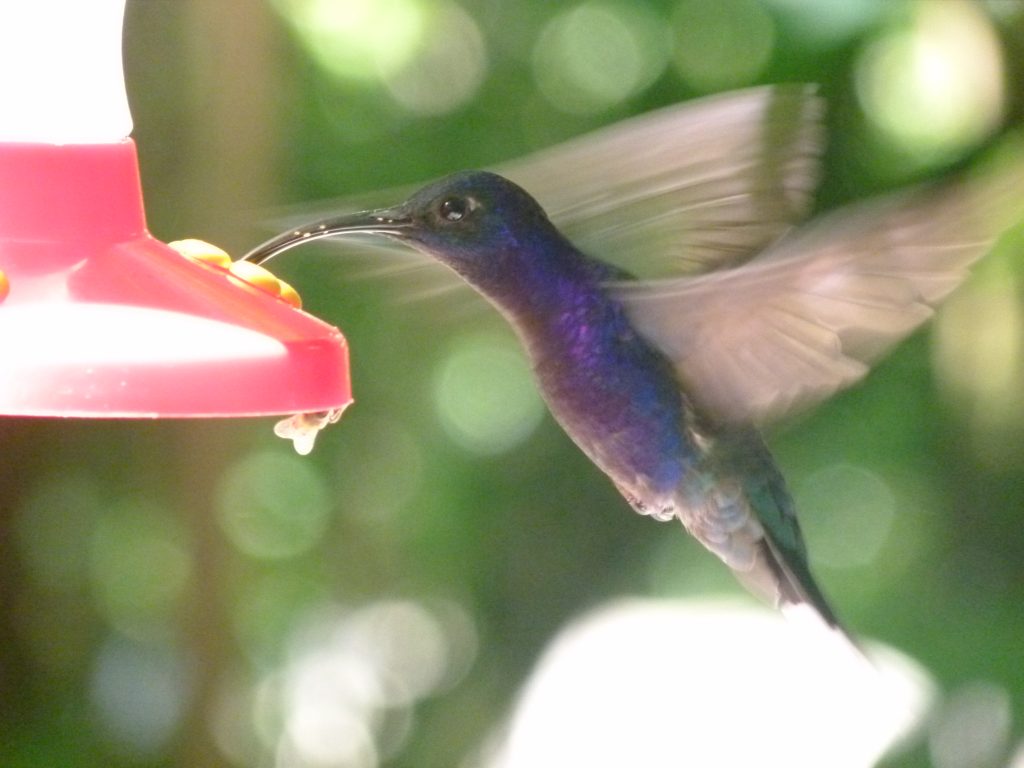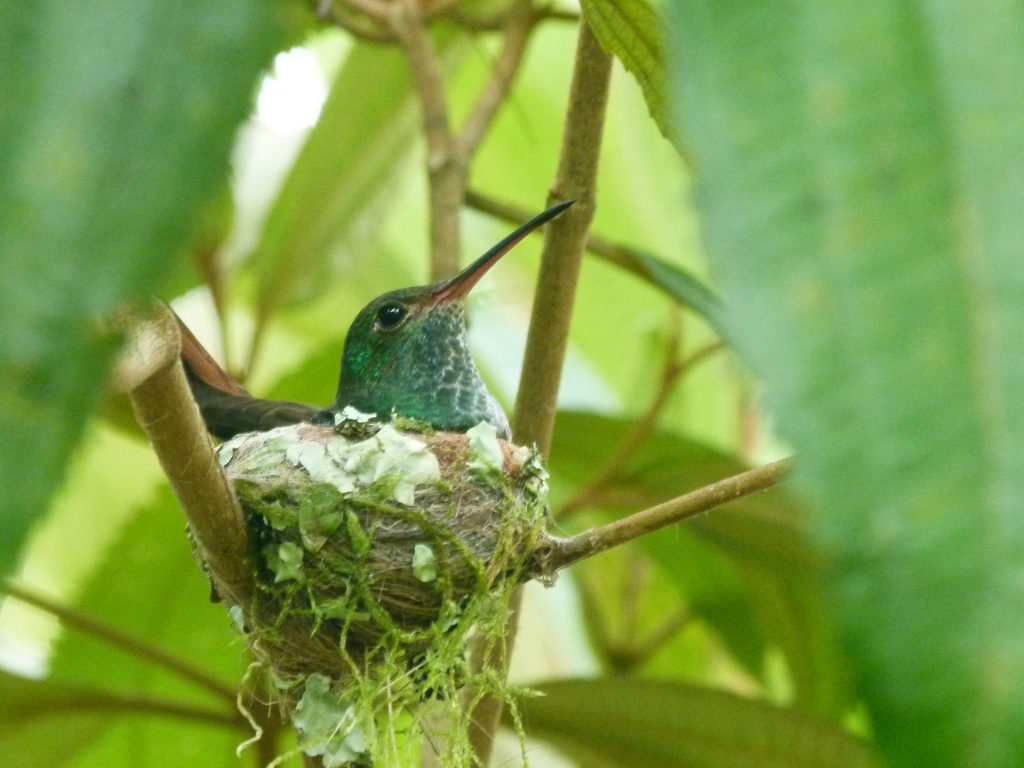It’s Still Just Dirt, The Tillsonburg News – July 2020
by Angela Lassam
In our gardens during the Summer we look forward to watching the hummingbirds feeding and the Monarch butterflies settling on the milkweed that we grow specifically for them. Both are in the group called pollinators although we think only of the bees and other flying insects. Our gardens need these to pollinate our plants to produce food. Every year gardening is a challenge but there is the constant balance of our plants and the butterflies and birds.
Monarchs are the butterflies most people are familiar with as they are on the endangered list and there has been plenty of exposure and speculation to their demise. They are the big orange and black butterflies that arrive from Mexico in June who are searching for their host plants milkweed to lay their eggs on. The eggs are very small and pale green. They can be found on the underside of the leaves. They feed on the sap which is toxic to any predators (including humans). The caterpillar is quite large and a vivid green and yellow. It remains on the host plant feeding. When it is time to pupate it moves to a nearby bush even into lavender. The chrysalis is a pale green pendular shape and the butterfly emerges and feeds on the flower nectar. Other plants they like are butterfly weed (a bush) which is orange, purple coneflower and liatris. They migrate south to Mexico usually in groups in September. They can be seen resting in the evening on the lakeshore trees in huge numbers if you are lucky.
There are many butterflies that visit our gardens and the Swallowtail is worth a mention too. This is the large black and yellow one that lays eggs on the parsley and carrots. The caterpillar is similar to the Monarch but added white stripes and devours all foliage as it grows. Parsley is considered a sacrificial plant to grow to help the eco-system of our gardens.

The arrival of hummingbirds to our gardens lets us know summer is here. They return to the same place from the far south to breed and will leave again the end of August /September. They are the most recognized and popular small birds and encouraged to our yards with sugar feeders (homemade nectar is easy with one part sugar to four parts water changed every two days). They eat half their body weight daily consisting of nectar and insects. You cannot miss the ruby-throated hummingbirds as they have an iridescent green back, white bib with a red spot above on the male and a long beak, only weighing approx. 4 grams. They hover by the feeders or flower heads to feed and a thrumming sound of their wings can be heard. They are speedy flyers and can fly in reverse and vertically, making them a pleasure to watch. Common flowers to grow for them – Trumpet vine, daylilies, cleome, petunias and any trumpet-like flower head.

They make a tiny nest of leaves, lichen, moss and spider webs and lay two eggs, well hidden from predators like bats. They are hard to find as they are only the size of a walnut shell. The mother is the sole caretaker. Adults usually live three to five years.
These are just a few of interesting facts but for a detailed website look at https://www.discoverwildlife.com/animal-facts/birds/facts-about-hummingbirds/
For great information on migrating patterns take a look at www.journeysnorth.org where you will find maps for various sightings and other information.
There is still no activity for the Tillsonburg Horticultural Society. Check out the website www.tillsonburghortical.ca for any updates. When there browse the archives of It’s Still Just Dirt. Also take a look on Facebook – Tillsonburghorticultural and become a friend. Stay well and stay safe!